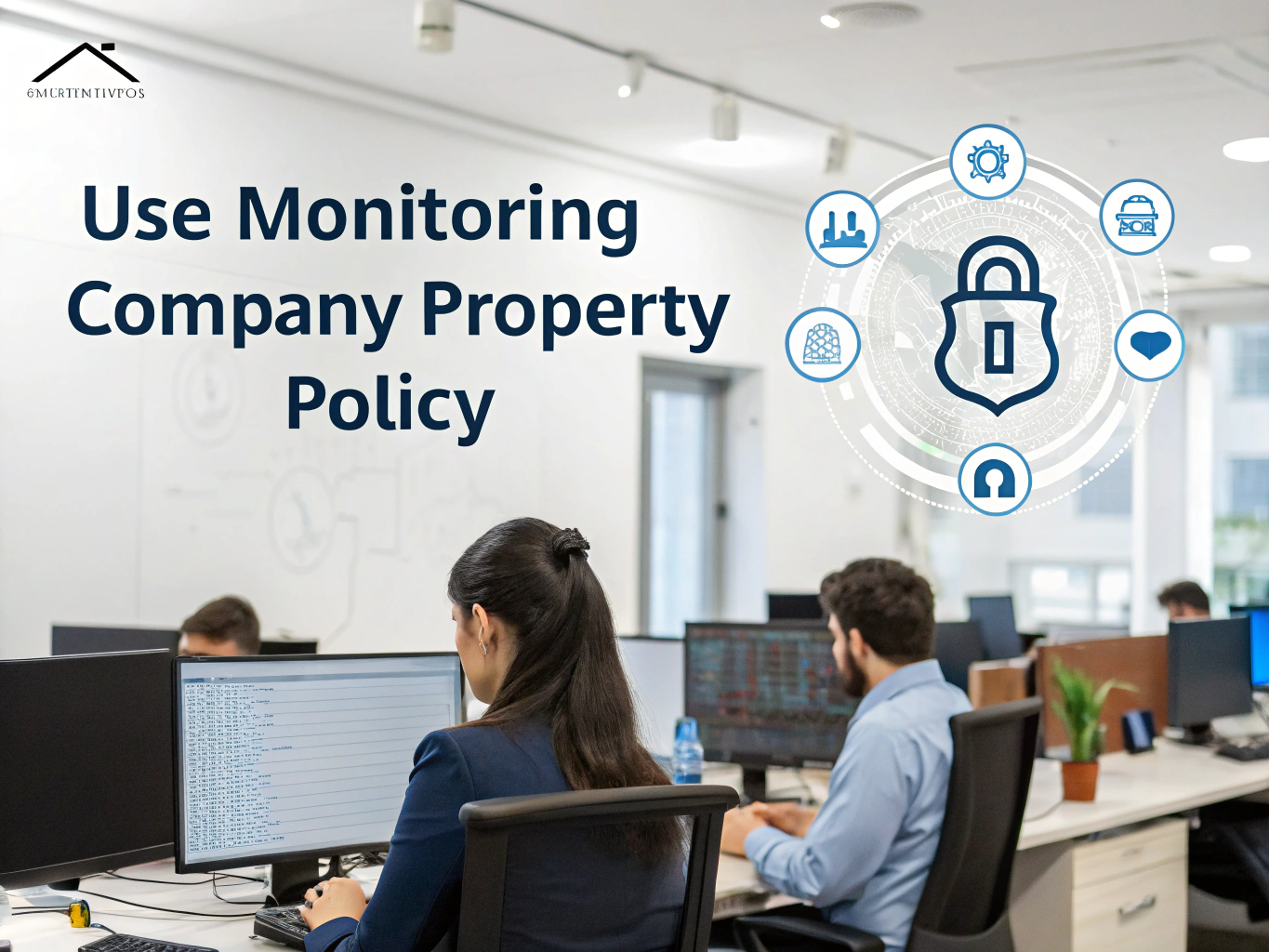Definition
The Use Monitoring Company Property Policy is a guideline that outlines how employees should utilize and manage company-owned resources, such as computers, vehicles, and equipment. It ensures that these assets are used responsibly for business purposes while also setting expectations around monitoring these resources to prevent misuse.
Key Components
This policy is not just a set of rules; it’s a roadmap for maintaining the integrity of your business assets. Here are the core elements you should consider:
- Appropriate Use: Company property should primarily be used for work-related activities. For example, while it’s acceptable to check personal emails occasionally, spending hours on social media during work hours crosses the line.
- Personal Use Guidelines: Any personal use should be minimal and shouldn’t interfere with your professional responsibilities. Think of it as borrowing a tool from a neighbor; you can use it, but you need to return it in good shape.
- Monitoring Rights: The company has the right to monitor its property, including internet usage and communications. This isn’t about invading privacy; rather, it’s about ensuring compliance and protecting company interests. For instance, if a suspicious download occurs on a company laptop, monitoring can help catch potential threats early.
- Reporting Issues: If you notice damaged or malfunctioning equipment, it’s your responsibility to report it promptly. Imagine if a printer jams and you let it sit; it could lead to bigger issues down the line.
- Consequences for Misuse: Understanding the potential repercussions of misusing company property is crucial. This could mean disciplinary actions or even termination if the misuse is severe. Always think twice before using your work laptop for non-work activities that might harm the company.
Importance in the Workplace
Having a Use Monitoring Company Property Policy is essential for creating a secure and productive work environment. For instance, imagine a scenario where an employee uses a company vehicle for personal errands and gets into an accident. The company could face significant liability issues. By clearly defining acceptable use, you protect not only the organization but also the individual employees.
Moreover, this policy helps foster a culture of accountability. When everyone understands the rules, it minimizes the risk of misuse and encourages responsible behavior. It’s about creating a workplace where everyone feels secure and valued.
Best Practices
Implementing a robust Use Monitoring Company Property Policy doesn’t have to be daunting. Here are some best practices to consider:
- Customize the Policy: Tailor the policy to fit your organization’s specific needs. For example, if your team frequently travels, include guidelines for using company vehicles or devices while on the road.
- Communicate Clearly: Ensure that all employees are aware of the policy. You might host a workshop or send out a company-wide email to explain the guidelines and answer any questions.
- Regularly Review the Policy: The workplace is constantly evolving, so periodically revisit the policy to ensure it aligns with current practices and technology. For instance, if remote work becomes more prevalent, you might need to adjust monitoring practices.
- Encourage Reporting: Create a safe space for employees to report issues or concerns without fear of retaliation. This can help you catch potential problems early and maintain a positive workplace culture.
- Lead by Example: Management should also adhere to the policy. If employees see leaders respecting the guidelines, they are more likely to follow suit. It’s about building trust and integrity within the team.
Legal Considerations
When developing your Use Monitoring Company Property Policy, it’s essential to consider relevant legal aspects, such as privacy laws and employment regulations. Depending on your jurisdiction, there may be specific guidelines regarding employee monitoring that you need to comply with. For example, in some areas, you must inform employees if their communications are being monitored. Always consult with legal counsel to ensure your policy is compliant and protects both the company and its employees.
Conclusion
Understanding and implementing a Use Monitoring Company Property Policy is vital for safeguarding your organization’s assets while promoting responsible behavior among employees. By clearly defining expectations and establishing monitoring mechanisms, you can create a secure and productive work environment. Remember, this policy is not just about rules; it’s about fostering a culture of accountability and trust that benefits everyone involved. So, take the time to develop a policy that works for your organization, and watch how it enhances your workplace dynamics.




